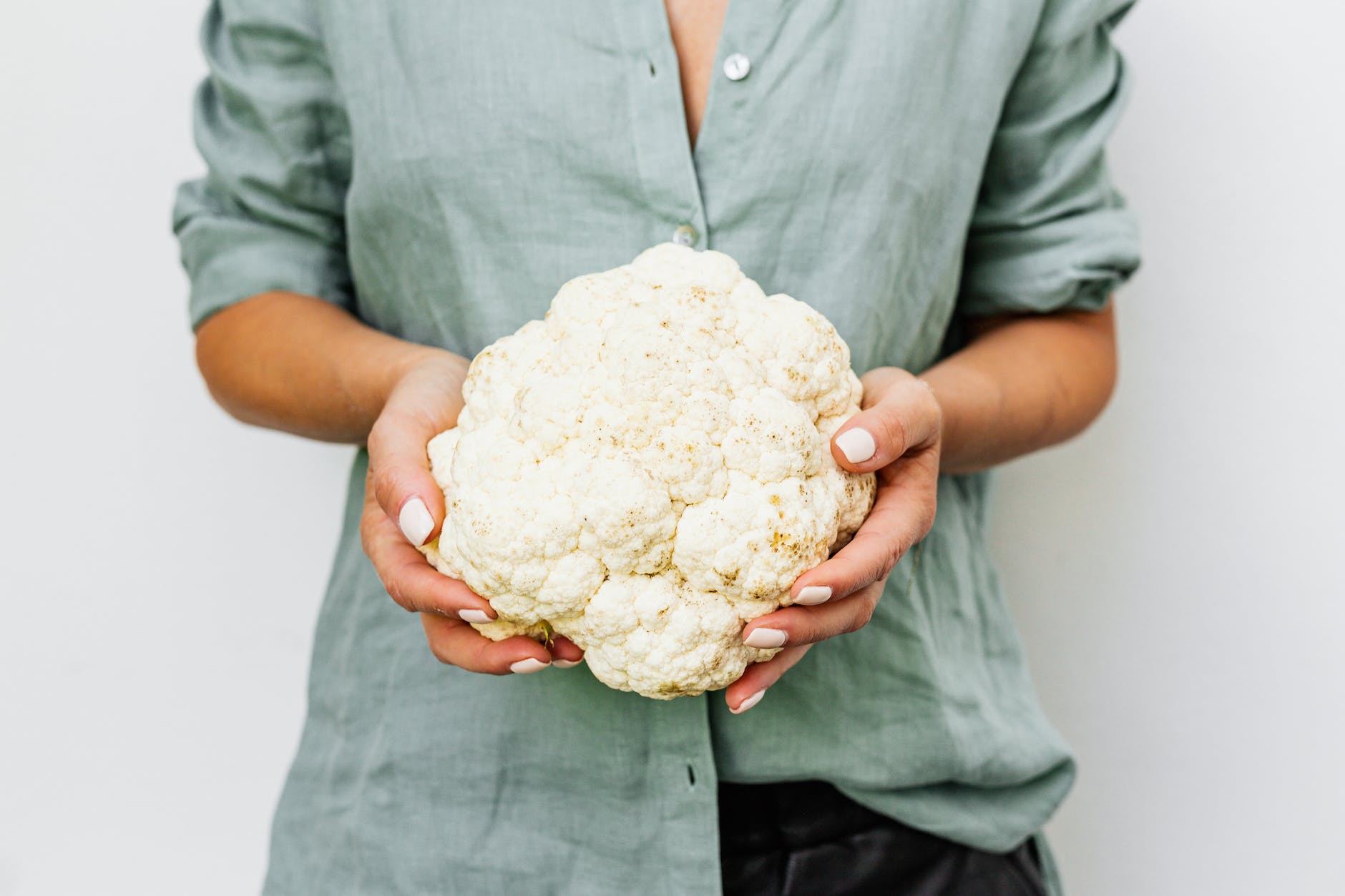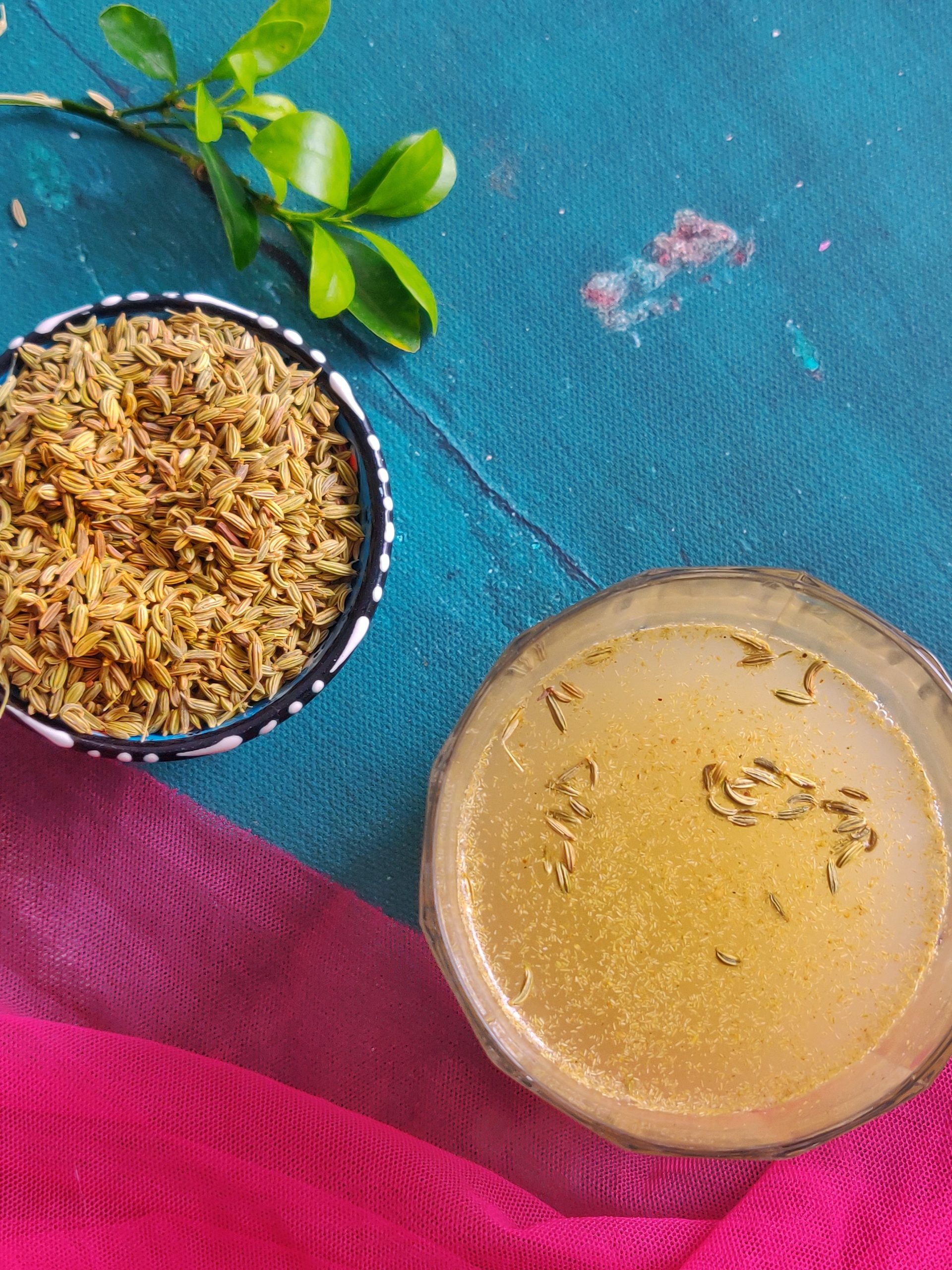
The ketogenic (keto) diet has gained immense popularity in recent years for its potential weight loss and health benefits. Central to the keto diet is the idea of consuming high amounts of fats and low amounts of carbohydrates. This dietary shift pushes the body into a state of ketosis, where it burns fat for energy instead of carbs. But when it comes to incorporating meats like ham into a keto diet, many people are left wondering: Is ham keto-friendly?
Is Ham Keto-Friendly?
Ham, a popular meat derived from the hind leg of a pig, is generally considered keto-friendly. Most plain, unprocessed hams have a low carbohydrate content, making them suitable for a keto diet. However, the carb content can vary depending on the type and preparation of the ham.
Factors to Consider
- Processing and Additives: Some commercially available hams are processed and can contain added sugars or fillers that increase the carb content. Always check the label for any added ingredients.
- Glazes and Flavors: Hams that come with glazes, especially those that are honey or brown sugar-based, can be high in carbs. If you’re craving a glazed ham, consider making a keto-friendly glaze at home.
- Type of Ham: While most hams are keto-safe, it’s essential to differentiate between types. For instance, country hams might have a slightly higher carb content due to their curing process.
Carbs in Ham
The carb content in ham can vary, but on average, a serving of plain cooked ham (about 3 ounces) contains around 2 grams of carbs. However, this can change based on the factors mentioned above.
Keto-Friendly Ham Choices
- Sliced Ham: Most sliced hams, especially those without added flavors or glazes, are keto-friendly. They’re convenient for sandwiches using keto bread or as a protein source in salads.
- Ham Steaks: These are thicker slices of ham and can be grilled or pan-fried with some keto-friendly veggies for a hearty meal.
- Canned Ham (SPAM): While SPAM is processed, it’s relatively low in carbs, making it a quick keto option. However, always check the label for any added sugars or carbs.
Incorporating Ham into Your Keto Diet
Ham can be a delicious and versatile addition to your keto diet. Here are some ideas:
- Use ham slices as a wrap for keto-friendly fillings like avocado, cheese, and veggies.
- Dice ham and add it to keto-friendly quiches or omelets.
- Create a keto-friendly ham salad with diced ham, mayo, celery, and seasonings.
FAQs: Navigating Ham on a Keto Diet
1. How does ham fit into a keto-friendly diet? Ham, especially when unprocessed and without added sugars, is generally low in carbohydrates, making it a suitable choice for those following a keto diet. However, it’s essential to be mindful of the type and preparation to ensure it aligns with keto guidelines.
2. Are there specific types of ham that are more keto-friendly than others? Yes, plain, unprocessed hams without added glazes or flavors are the most keto-friendly. Country hams might have slightly higher carbs due to their curing process, so always check the nutritional information.
3. What should I watch out for when buying ham for a keto diet? When shopping for ham, look out for added sugars, fillers, or glazes, especially honey or brown sugar-based ones, as they can increase the carb content. Always read the label to ensure you’re making a keto-friendly choice.
4. Can I have glazed ham on a keto diet? While traditional glazes can be high in carbs, you can create keto-friendly glazes at home using ingredients like erythritol or stevia combined with spices to give your ham flavor without the added carbs.
5. How does SPAM or canned ham measure up for keto? SPAM is relatively low in carbs, making it a quick keto option. However, it’s processed, so always check the label for any added sugars or carbs and consume in moderation.
6. Are there any keto-friendly dishes that incorporate ham? Absolutely! Ham can be used in a variety of keto dishes, from ham-wrapped avocado slices to keto-friendly quiches, omelets, and salads. Its versatility makes it a favorite in many keto kitchens.
7. How many carbs are typically in a serving of ham? On average, a serving of plain cooked ham (about 3 ounces) contains around 2 grams of carbs. However, this can vary based on the type and preparation of the ham.
8. Is there a difference in carb content between sliced ham and ham steaks? The carb content is generally similar between sliced ham and ham steaks. However, the preparation and any added ingredients or glazes can affect the carb count.
9. How can I ensure my ham doesn’t kick me out of ketosis? Opt for unprocessed, plain hams and be cautious of added sugars or glazes. Pairing ham with other keto-friendly foods and monitoring your overall daily carb intake will also help maintain ketosis.
10. Are there other meats similar to ham that are keto-friendly? Yes, other meats like turkey, chicken, and beef, especially when unprocessed, are also keto-friendly. As with ham, it’s essential to be aware of any added ingredients or preparations that could increase carb content.
Conclusion
Ham can undoubtedly find a place in a keto diet, but it’s crucial to be mindful of the type and preparation. By opting for unprocessed, plain hams and being cautious of added sugars or glazes, you can enjoy this savory meat without compromising your ketosis state.
Blog Tags: keto diet, ham, keto-friendly meats, low-carb diet, processed meats, keto recipes, SPAM, ham nutrition, keto glaze, ketogenic diet.













